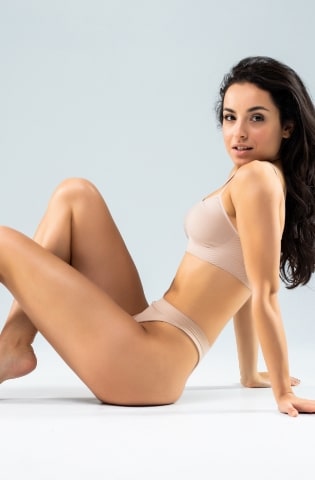I recently attended the American Society of Plastic Surgeons meeting in Seattle. I attend this meeting yearly to learn about new procedures and technology to keep up to date with my practice.
It seems like every year there are several new alternatives to liposuction or adjuncts to liposuction treatment. In this post I will discuss a few of these and put my take on what this means for the current and future.
Laser liposuction (particularly smartlipo) is still pretty hot. A small laser probe burns and destroys the fat and heats the skin. The claims are that damaging the fat cells prior to their removal makes the suction more efficient and that the heating causes skin tightening.
Dr. Yates take – I think there probably is some skin tightening with the laser lipo. The question is whether it is significant enough to be of any advantage to the patient and to justify the additional expense and costs to the patient for the technology. I am still holding out for better data and hopefully a price reduction.
Ultrasound assisted liposuction (Vaser is currently the most popular) – The ultrasound helps to loosen the fat cells prior to their removal. The Vaser liposuction uses less thermal energy than previous types of ultrasound assisted liposuction. The claim is that the connective tissue is preserved allowing better skin retraction. This is in distinct contradiction to what the laser liposuction folks are saying. They have found improvement of skin retraction from not heating the skin but preserving the natural connective tissue which may be responsible for skin retraction.
Dr. Yates take – There may be something to this. For me dense areas such as male breast development and the flanks may benefit from the additional “breaking up” of the fat cells prior to their removal. As far as skin tightening, anatomically this makes some sense to me. Again, I am waiting for better proof that this is not just a marketing tool.
Water assisted liposuction (Wet-Jet) – This is probably the most exciting new liposuction modality for me. A spray of anesthetic fluid is incorporated onto the end of the suction cannula. The spray of fluid helps to loosen the fat cells prior to removal. The claim is that the fat can be more efficiently removed and that large areas can be treated more easily and safely. Much of the local anesthetic is removed as quickly as it is injected allowing for larger volumes of local anesthetic. They claim that patients recover quicker with less swelling and bruising and with lower pain scores.
Dr. Yates take – I am looking seriously at getting this for my practice. The theory behind it makes sense and I have heard from a few plastic surgeons using it that they are happy with it. An additional benefit would be that it is a very easy method of harvesting fat for fat grafting in areas such as the face, buttock and for contour deformities. I want to know that it is safe and works well before using it on a patient. I will update my posts when I have new information.
Zerona laser – This is an external, completely non-invasive laser which supposedly penetrates the skin and melts the fat. The fat is removed by the lymphatics. The machine looks like an octopus. The patient lies on a table and the machine does the work. It is reportedly pain free with no down time.
Dr. Yates take – This would be absolutely the very best thing out there for the patient if it proves to be effective and safe. The rep for the company told me that they have studies underway and that the results look good. My concern is that the fat, cholesterol and lipids would potentially lead to early heart disease. They said that the lipids have been looked at and there was no increase. They also claim that there are MRI studies that show a reduction of fat. I will wait for these studies before I comment on them. My best guess is that the amount of fat removed will proove to be marginal and that several treatments will need to be done each at a significant expense to the patient. Still exciting stuff, though.


Pingback: Homepage